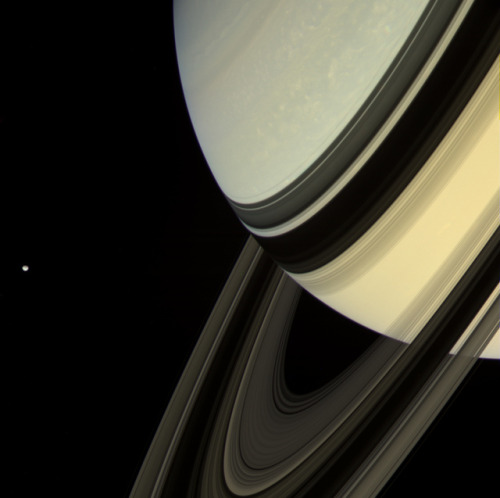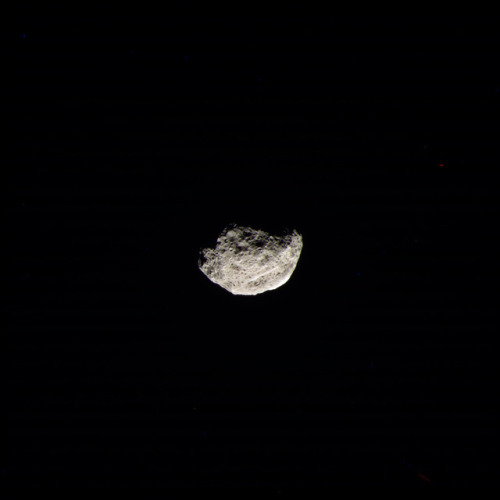Picture Of The Day - February 14, 2019 (Late Post).

Picture of the day - February 14, 2019 (Late Post).
A dark nebula obscures the galaxy.
More Posts from Sharkspaceengine and Others

Twin sunrise on a Mercury-like planet.

Picture of the day 2 - November 26, 2018
Ringed blue-colored titan orbiting a pair of distant stars.

Artists Collage of a Gas Giant planet viewed from a Earth-like planet. Scientists estimate there are billions of planets like ours in the Milky Way Galaxy alone.
clothing










Triangulum Log - Post 1 - The Outskirts.
My first adventure brings us to this Yellow Super Giant and companion black hole. The system is young and filled with many gas giants that still glow with the heat of their formation.
All of the planets orbit far from the star, the nearest having a orbital radius of 10.57 AU. Numerous planets are also double planets including a double Jupiter as shown above.
More pics of this system and my thoughts on if this system could actually exist in the real universe to come.

For scientists watching the Red Planet from our orbiters, the past month has been a windfall. “Global” dust storms, where a runaway series of storms create a dust cloud so large they envelop the planet, only appear every six to eight years (that’s 3-4 Mars years). Scientists still don’t understand why or how exactly these storms form and evolve.
Read the full story HERE.
Make sure to follow us on Tumblr for your regular dose of space: http://nasa.tumblr.com.

The northern pole of a large moon orbiting the blue gas giant. The clouds like structures visible are two galaxies in the process of colliding.






Vernier System - Post 3 (4th Planet)
The system’s 4th plant. This planet is a super-Earth orbiting the two suns at an average distance of 3.79 AU. At 4.66 Earth masses and a radius of 1.71 Earth’s the planet is quite large and massive compared to Earth. It has a hydrocarbon rich atmosphere and an average surface temperature of 187 K or -122 °F. 3 large satellites orbit the planet. The surface show evidence of numerous large impact events.
The plant’s large moons orbit close to the planet and are capable of producing double eclipses, a phenomenon only possible in star systems with more than 1 sun.
High Resolution Pictures
Picture 1 - Large battered world.
Picture 2 - Inner-most satellite occulting the planet.
Picture 3 - Large canyon
Picture 4 - Canyon close-up
Picture 5 - Double Eclipse
Picture 6 - Lunar shadow

Picture of the Day - January 28, 2019
Gas giant with purple cloud bands hangs in the sky of a large rocky moon.





Pictures of the day - December 24, 2018
Insight A System - Seventh Planet (Insight A-VII)
Insight A-VII is a cold super-Earth and largest rocky planet orbiting Insight A. The planet has a mass of 3.10 Earths, and a diameter 53% larger than Earth. It orbit’s its sun at an average distance of 1.97 AU, completing an orbit once every 2.55 years. A day lasts only 13 hours and 20 minutes.
The surface is covered in a carbon dioxide atmosphere with a surface pressure of 1.73 atmospheres, and an average surface temperature of -105 F. The atmosphere is extremely cloudy with clouds of water-ice and dry ice. An extensive system of rings orbit’s the planet, and a large moon.
High Resolution Pictures
Insight A-VII
Closeup
Duality
The Atmosphere
The Surface










Saturn, rings and moons
NASA/JPL-Caltech/SSI/Kevin M. Gill
-
 azurecrucis liked this · 3 years ago
azurecrucis liked this · 3 years ago -
 sohar-novacheck reblogged this · 6 years ago
sohar-novacheck reblogged this · 6 years ago -
 sohar-novacheck reblogged this · 6 years ago
sohar-novacheck reblogged this · 6 years ago -
 requinoesis liked this · 6 years ago
requinoesis liked this · 6 years ago -
 sharkspaceengine reblogged this · 6 years ago
sharkspaceengine reblogged this · 6 years ago
My Space Engine Adventures, also any space related topic or news. www.spaceengine.org to download space engine. The game is free by the way. Please feel free to ask me anything, provide suggestions on systems to visit or post any space related topic.Check out my other blog https://bunsandsharks.tumblr.com for rabbit and shark blog.
294 posts